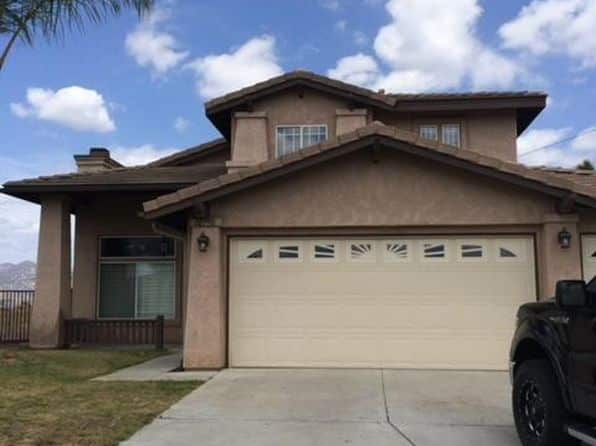How To Use Concrete For Residential Buildings In Lakeside Ca?

- Concrete comes in various types, including high-strength, lightweight, and decorative. Each has unique properties catering to different construction needs. For instance, decorative concrete can enhance the building’s aesthetic appeal, while high-strength concrete offers exceptional load-bearing capabilities.
- The longevity and durability of a concrete structure largely depend on the quality of the mix. Ensure to use a mix with the correct proportions of cement, aggregates, and water. Also, consider adding admixtures to improve workability and reduce permeability.
- To improve the tensile strength and structural integrity of your building, consider using reinforced concrete. Reinforced concrete contains steel bars or fibers that can withstand heavy loads and resist forces like wind and earthquakes better than regular concrete.
- Insulated concrete forms (ICFs) or thermal mass concrete can enhance your home’s energy efficiency. These concretes offer superior insulation properties that can help maintain a comfortable indoor temperature, reducing your dependency on HVAC systems.
- Concrete need not be dull and gray. Use decorative concrete, stamped concrete, or concrete dyes to add color and texture to your interiors and exteriors. This can enhance your home’s aesthetic appeal and increase its value.
- Curing is a vital process that significantly affects the strength and durability of concrete structures. It involves maintaining adequate moisture and temperature levels for a certain period to allow the concrete to harden properly.
- Regular maintenance and timely repairs can extend the life of concrete structures. Look for signs of damage, such as cracks or spalling, and repair them promptly to prevent further deterioration.
FAQs
Is Concrete Environmentally Friendly For Residential Buildings?
Yes, concrete can be an environmentally friendly option. It is a long-lasting material that requires minimal maintenance and repair. Additionally, its energy-efficiency properties can reduce a home’s carbon footprint. Moreover, it can be made even more sustainable by using supplementary cementitious materials (SCMs) or recycled aggregates.
Can I Use Concrete For Interior Residential Applications?
Absolutely. Decorative concrete can be an excellent choice for countertops, floors, fireplaces, and more. It is durable, easy to maintain, and can be customized to match your interior design.
Is Concrete A Cost-Effective Material For Residential Buildings?
While the initial cost of concrete may be higher than some other materials, its durability and low maintenance requirements can make it a cost-effective choice in the long run. Also, its energy-saving properties can result in significant savings on utility bills.
Conclusion
In conclusion, concrete is an invaluable material for residential buildings, offering unparalleled durability, aesthetic flexibility, and energy efficiency. Selecting the right type of concrete, ensuring a quality mix, using reinforcement, opting for energy-efficient variants, embracing decorative options, curing appropriately, and maintaining and repairing structures are all key strategies to make the most out of concrete in residential construction. For more information, contact Concrete Contractor Lakeside Ca at (619) 678-0052.